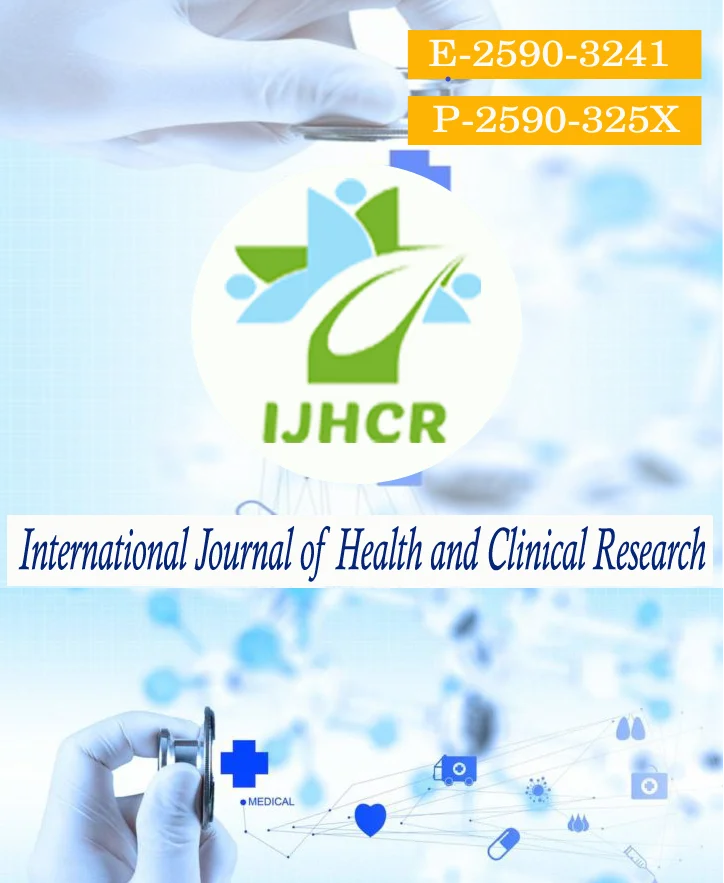Analysis of Ascitic Fluid Cytology by Cell Block in the Evaluation & Grading of Malignancy with Ki 67 Marker Study in a Tertiary Care Centre
Keywords:
Cell block, Conventional Smear, Cytodiagnosis, MIB index scoringAbstract
Background: The cell block technique is one of the oldest methods, which is used for the evaluation of body cavity fluids. This method usually increases the yield of cellularity, gives better morphological details, and helps in improving the sensitivity of the diagnosis and grading of malignancy. Multiple sections were obtained from the prepared cell block for special stains and immunohistochemistry studies. Aim: Preparation of cell blocks of ascitic fluid in suspicious or confirmed cases of malignancy. Evaluation and grading of visceral malignancy in cell block using Ki 67 immunohistochemical marker by MIB index scoring system. Method: Cell blocks were prepared by the plasma thromboplastin method. Sections from the blocks were stained with H&E. Immunohistochemical staining with ki67 was done for selected cases and grading was done. Results: Out of 100 samples of ascitic fluid, 14 cases were malignant. The malignancy was graded by applying the ki67 marker by the MIB index scoring system. Conclusion: Cell block method is useful for the detection and grading of malignancy by applying immunohistochemistry.
Downloads
Published
How to Cite
Issue
Section
License
Copyright (c) 2023 G Jeyanthi, K Sumathi, K Rani, Byravi S

This work is licensed under a Creative Commons Attribution 4.0 International License.






 All articles published in International Journal of Health and Clinical Research are licensed under a
All articles published in International Journal of Health and Clinical Research are licensed under a 